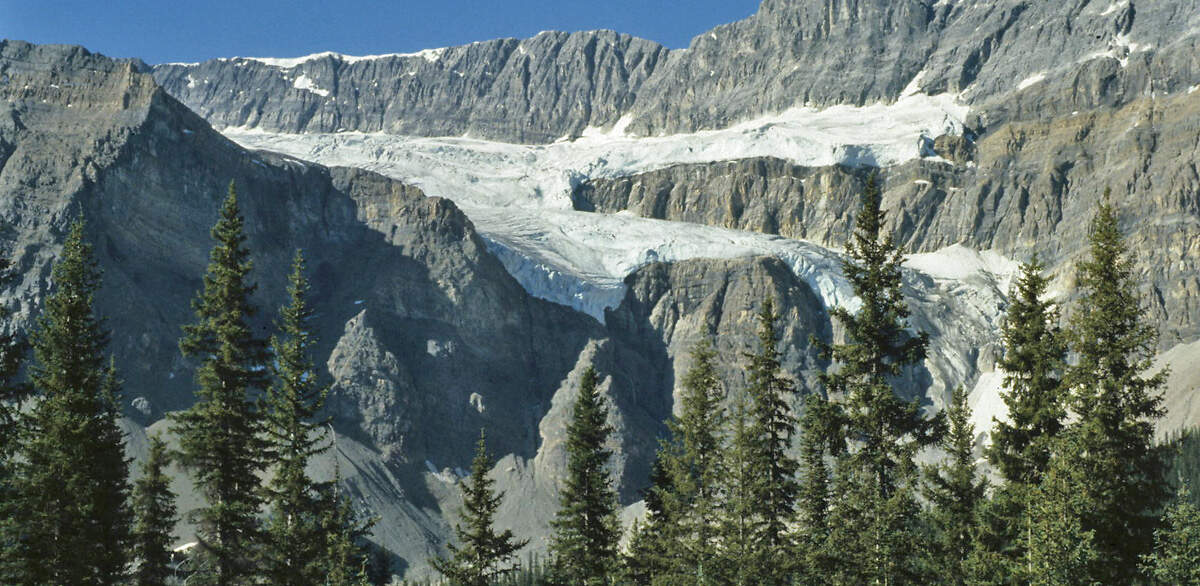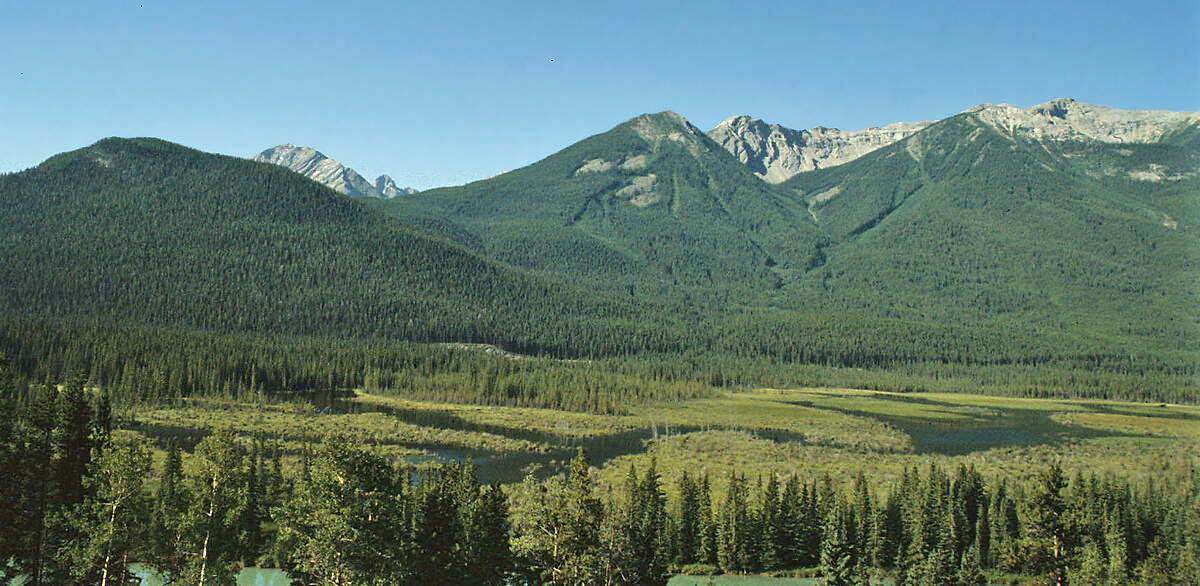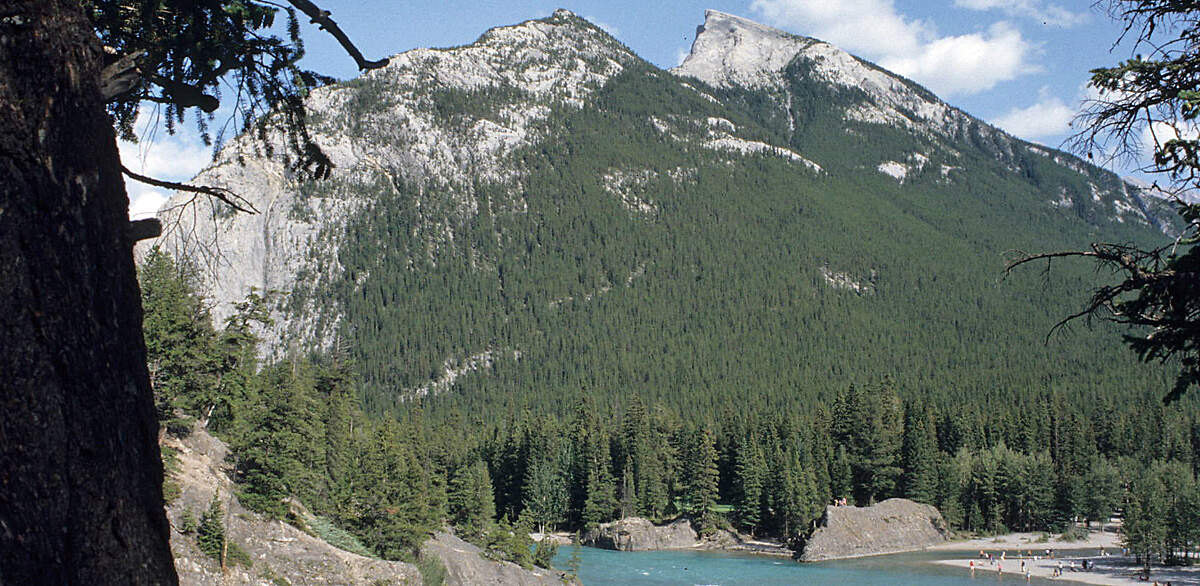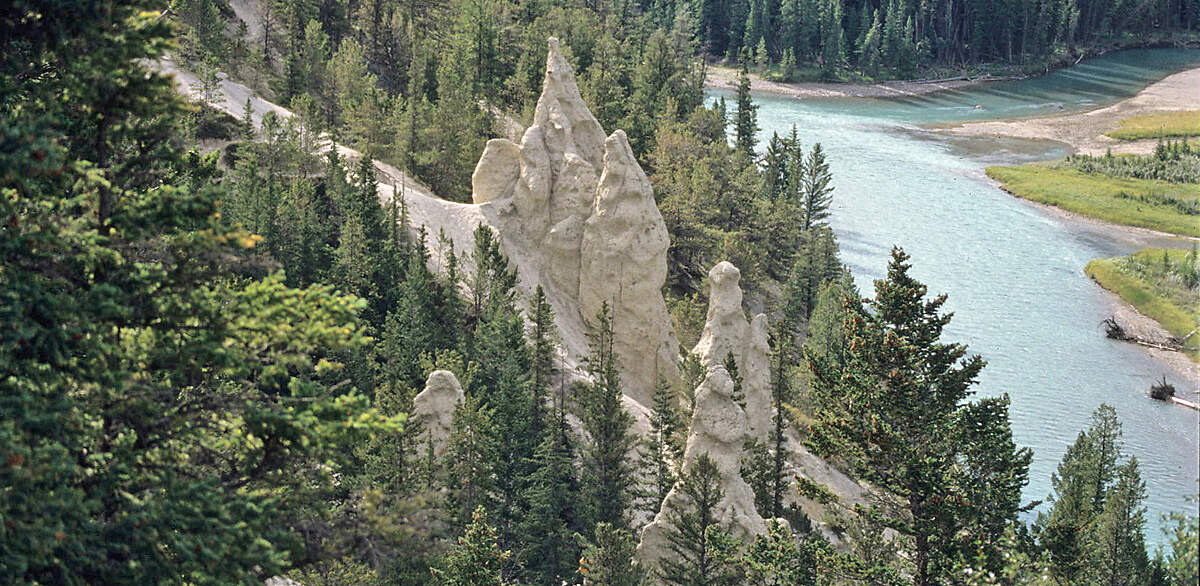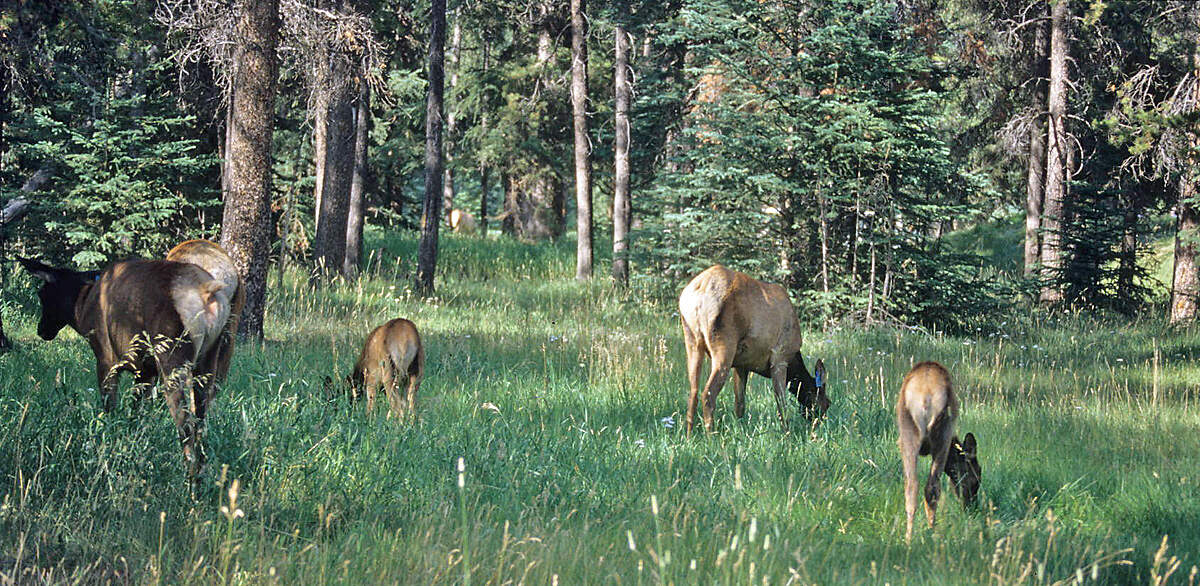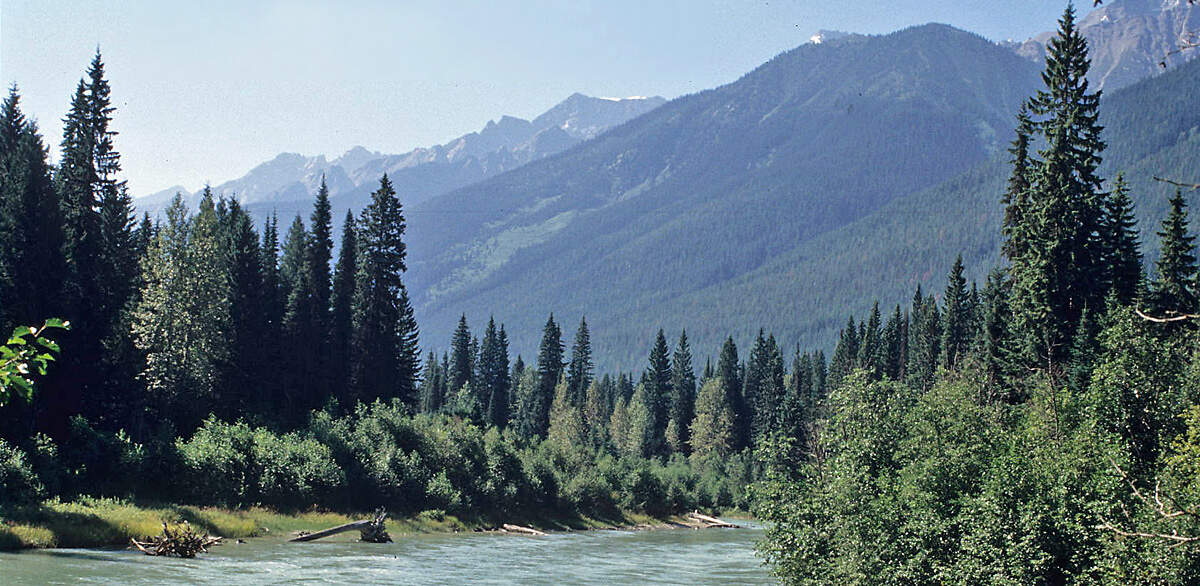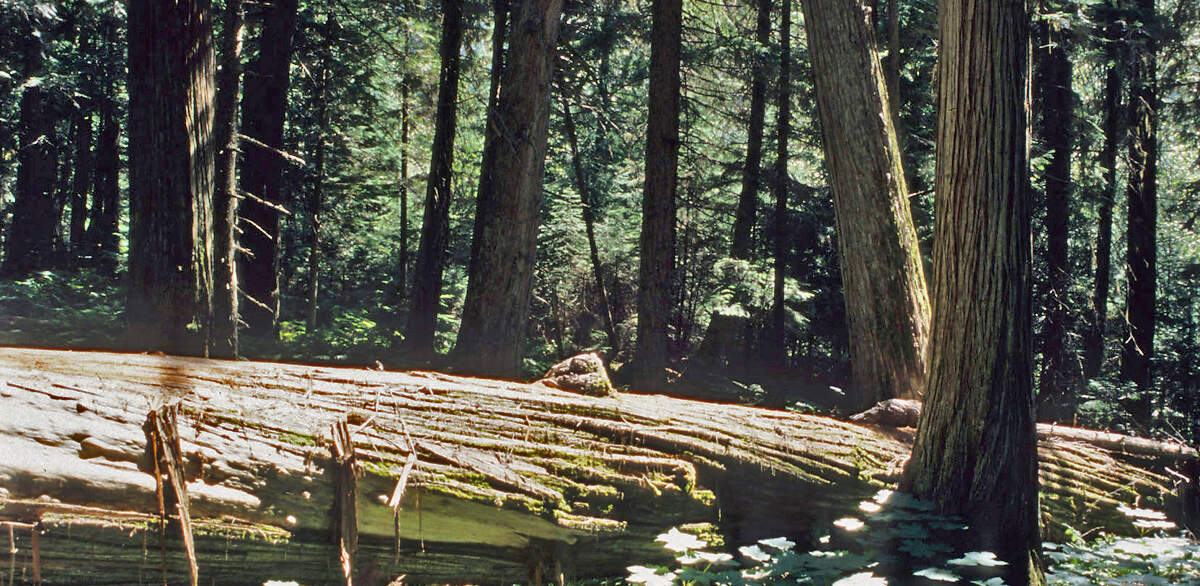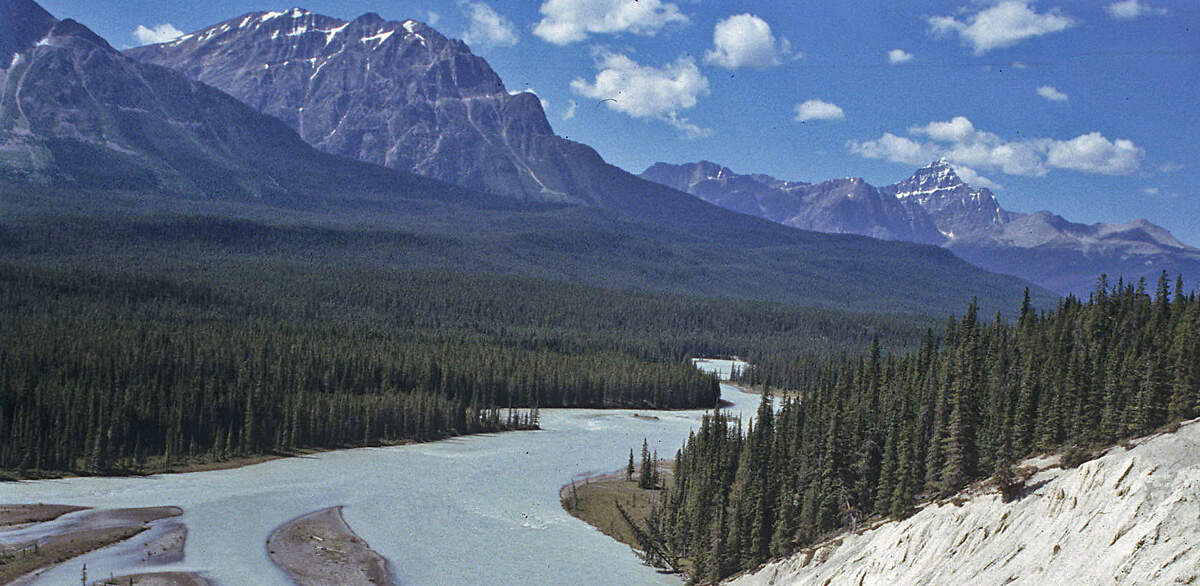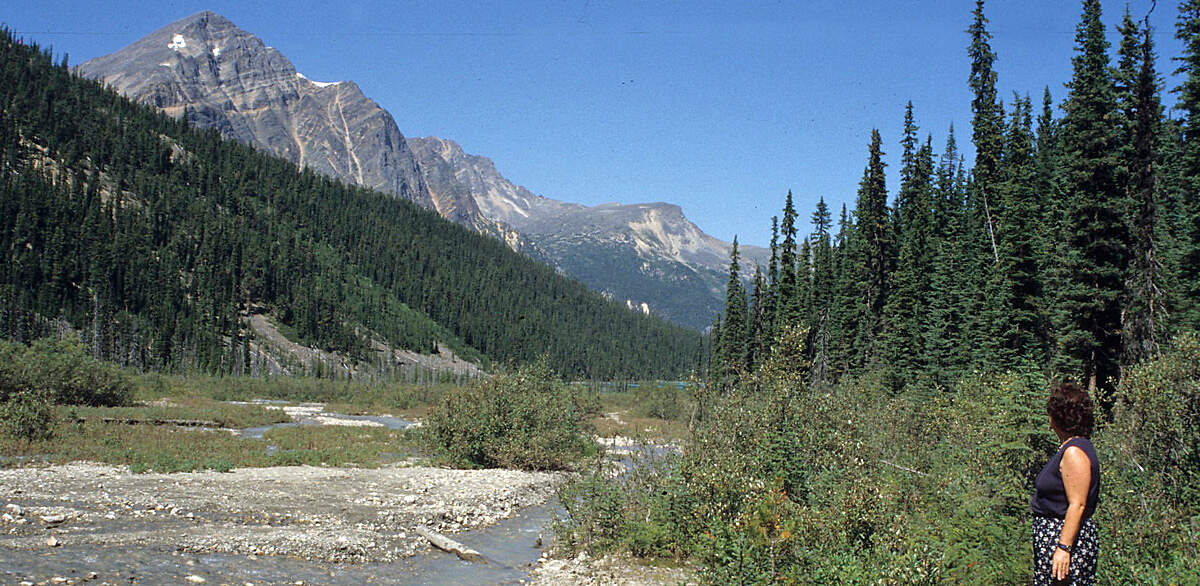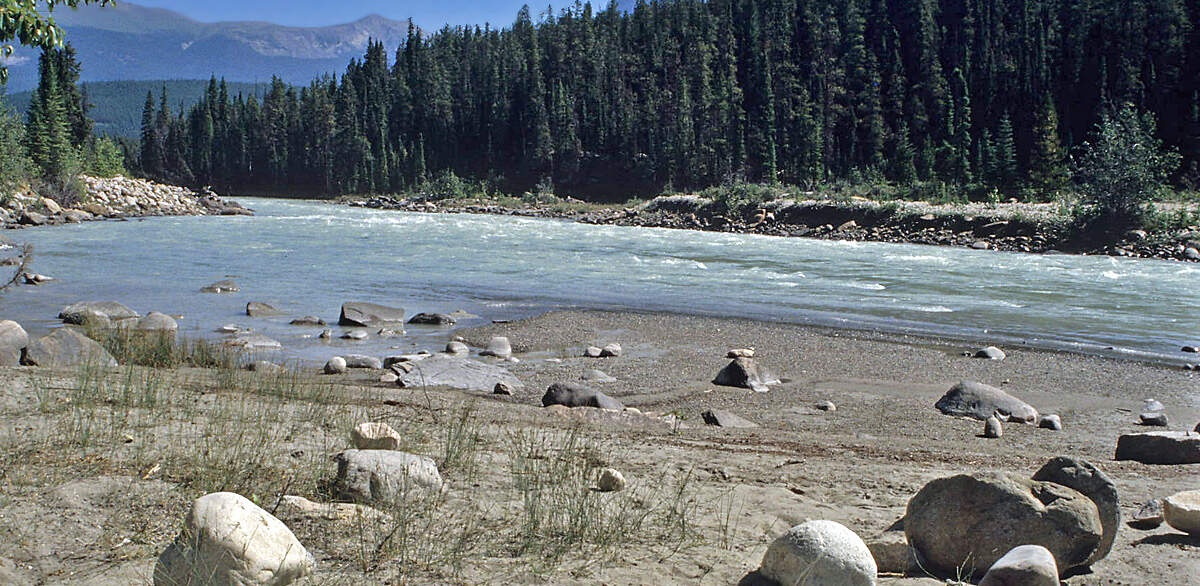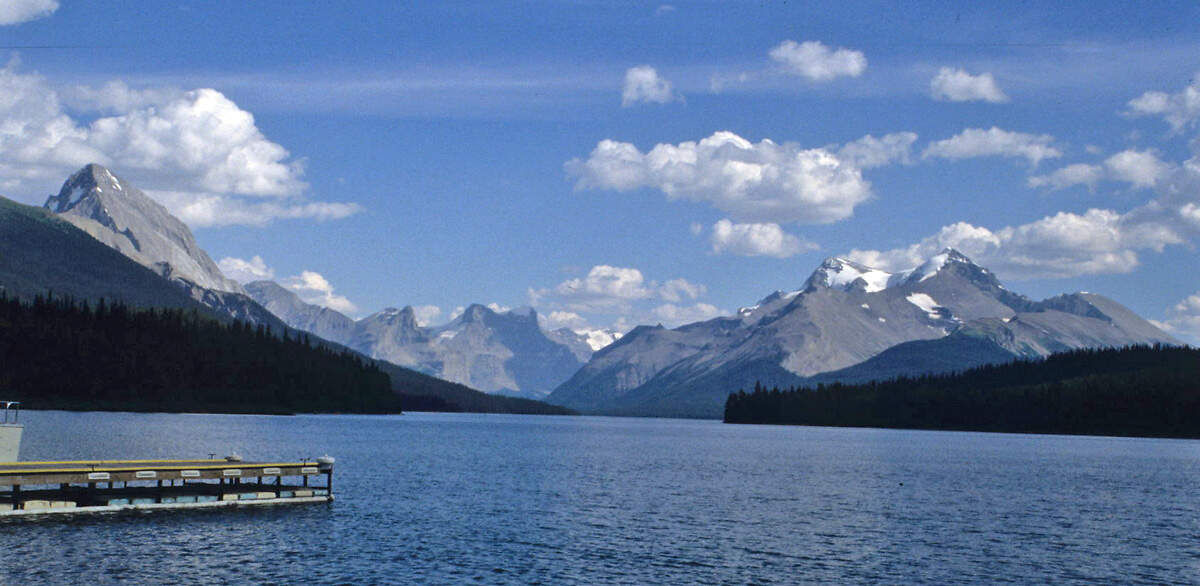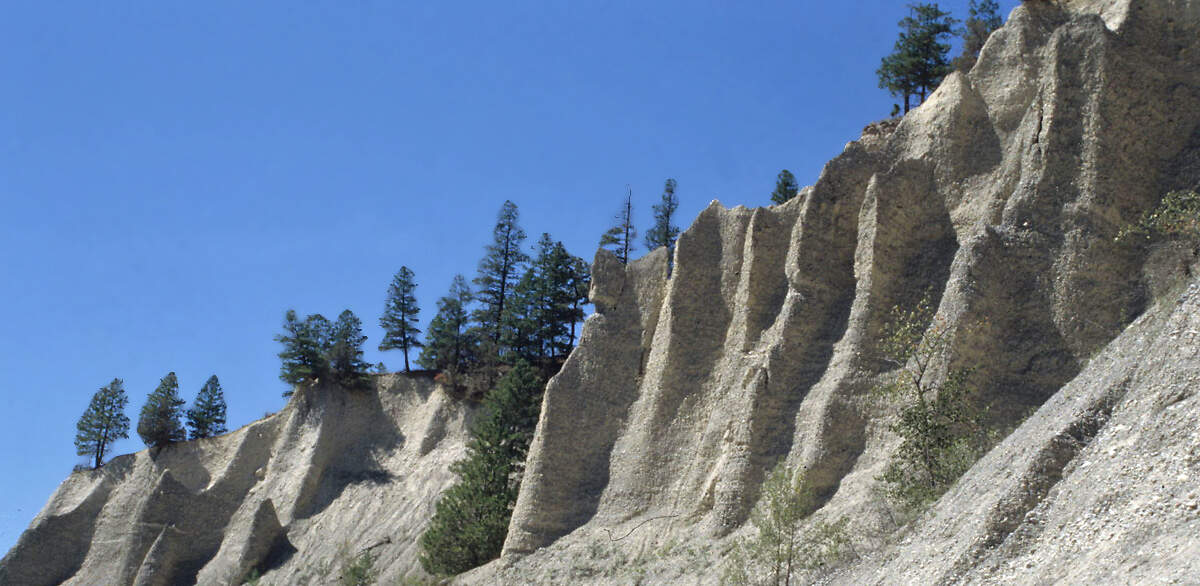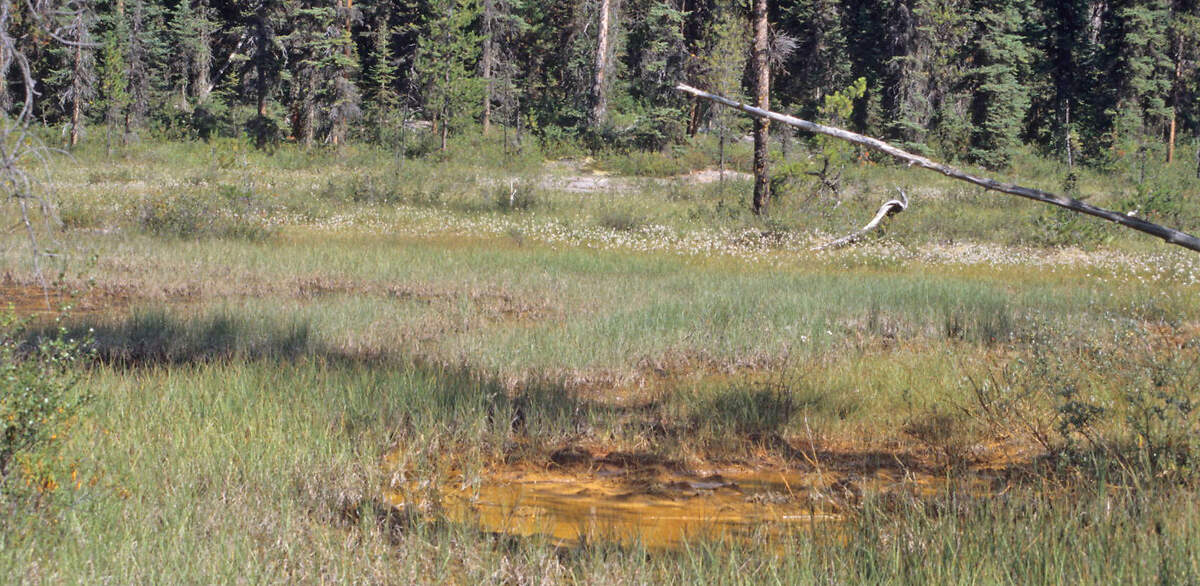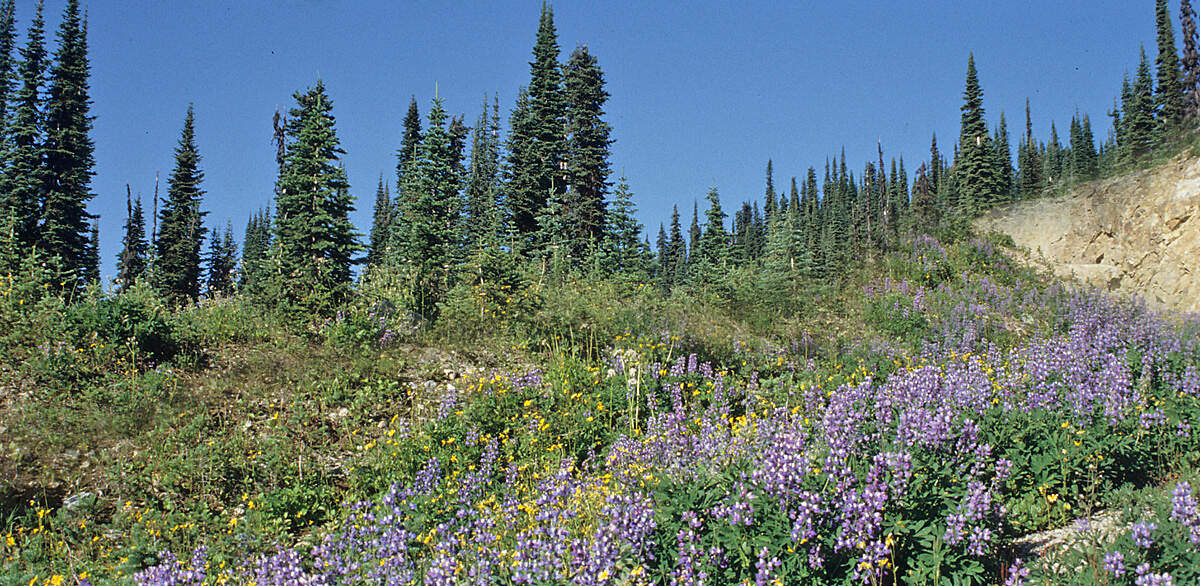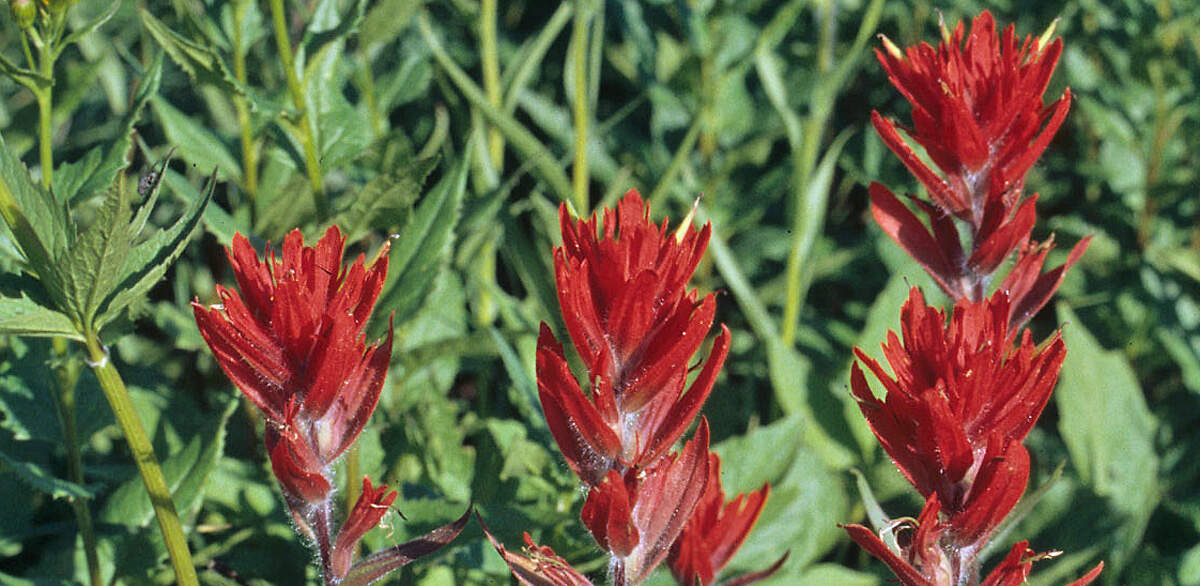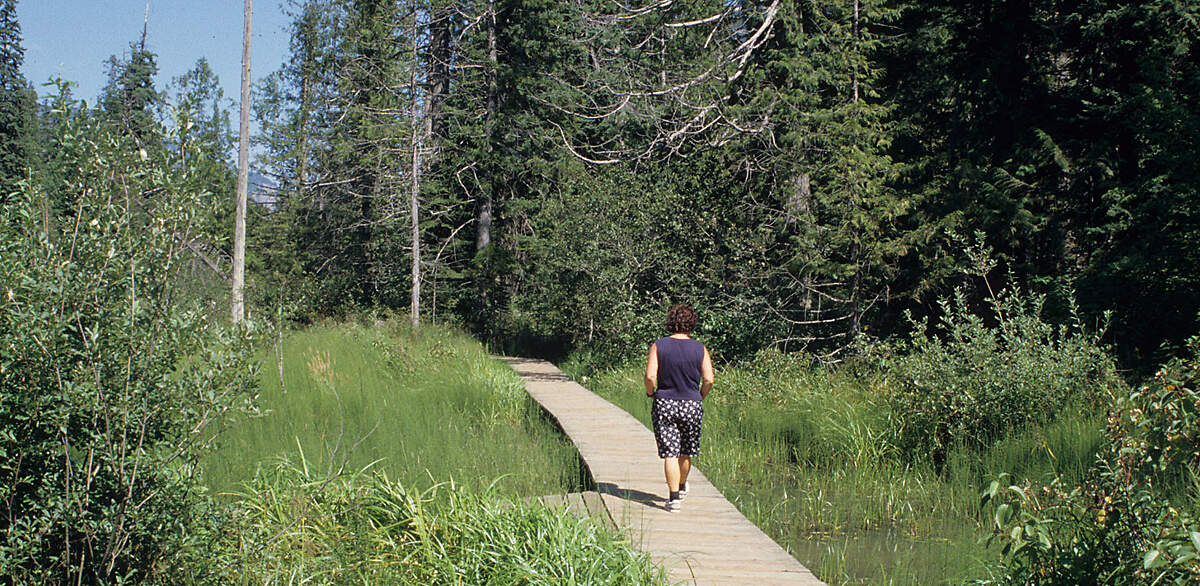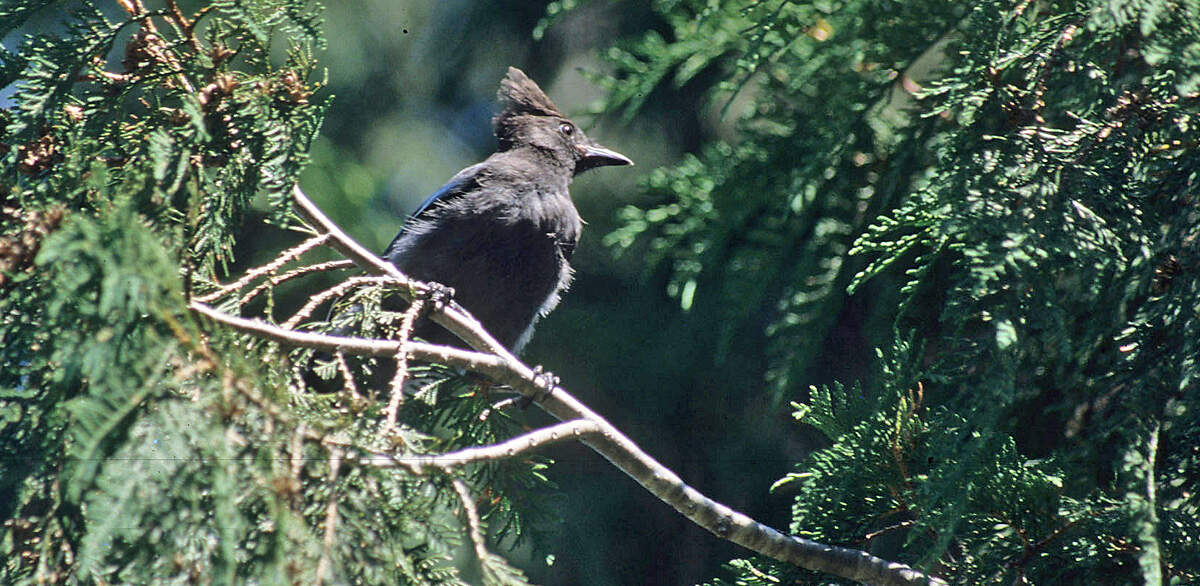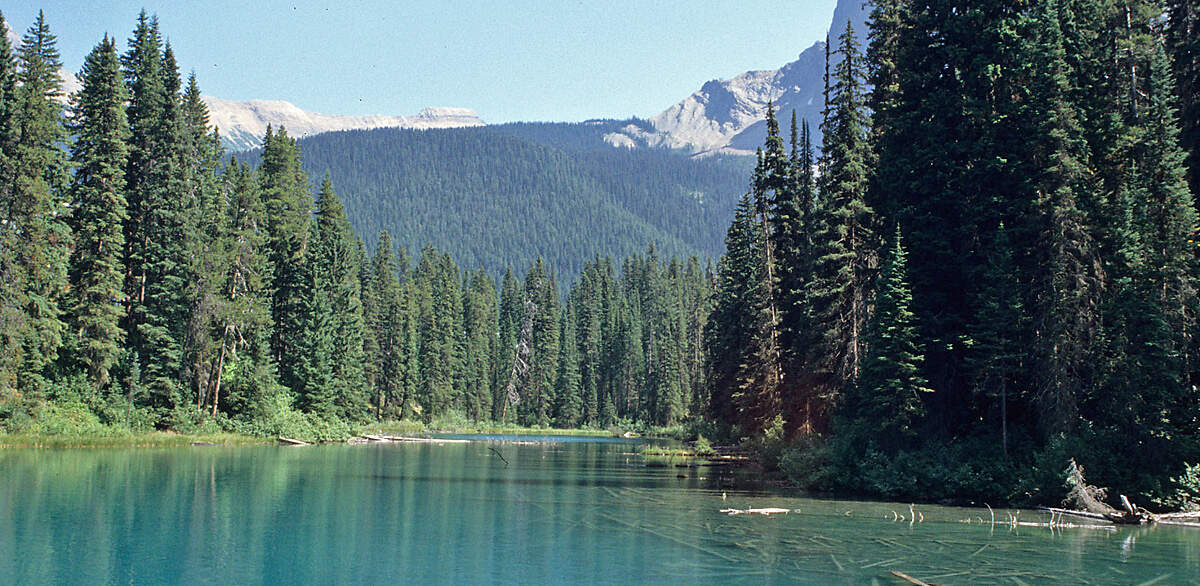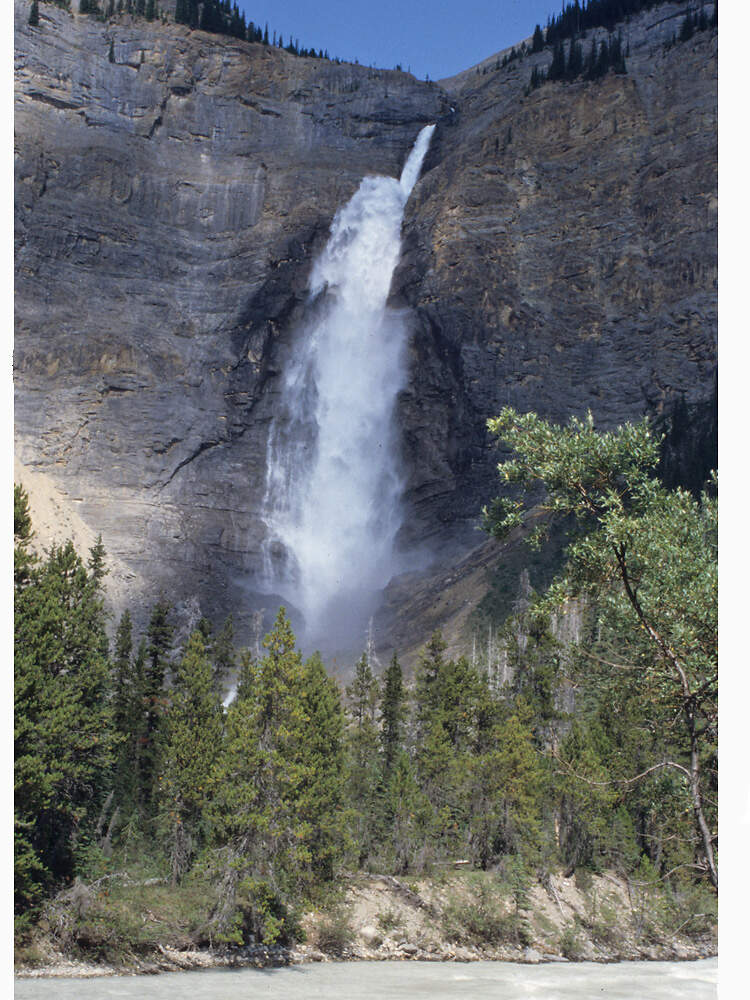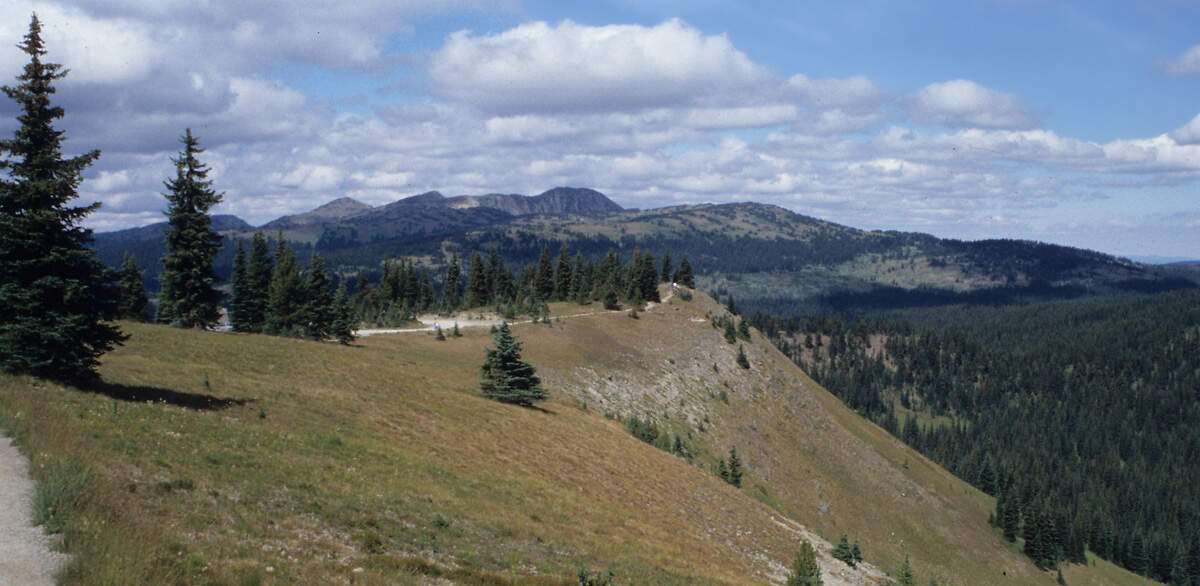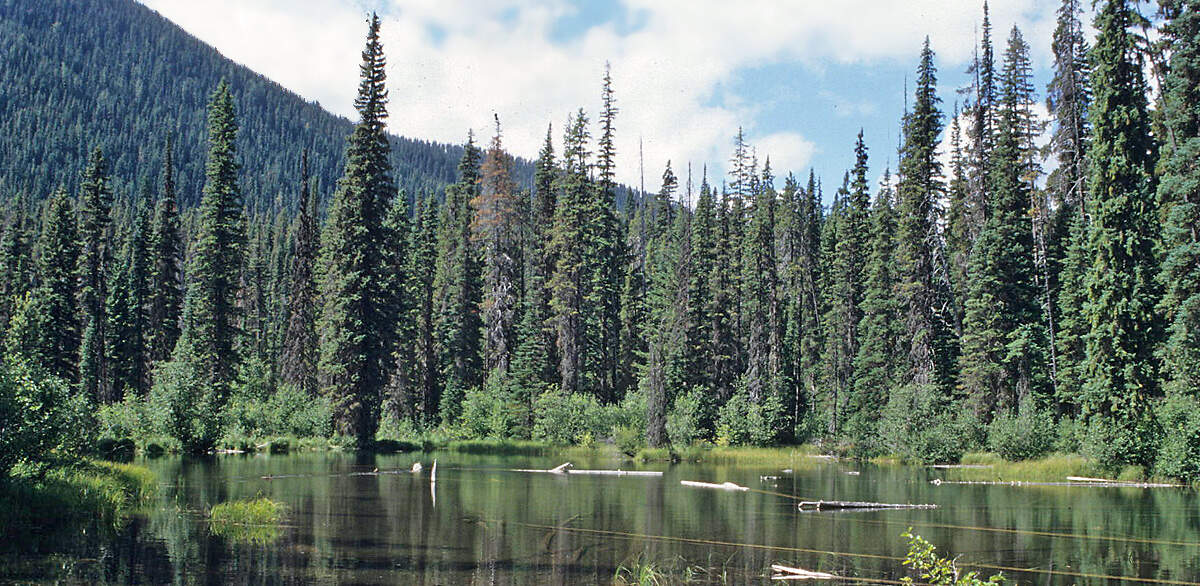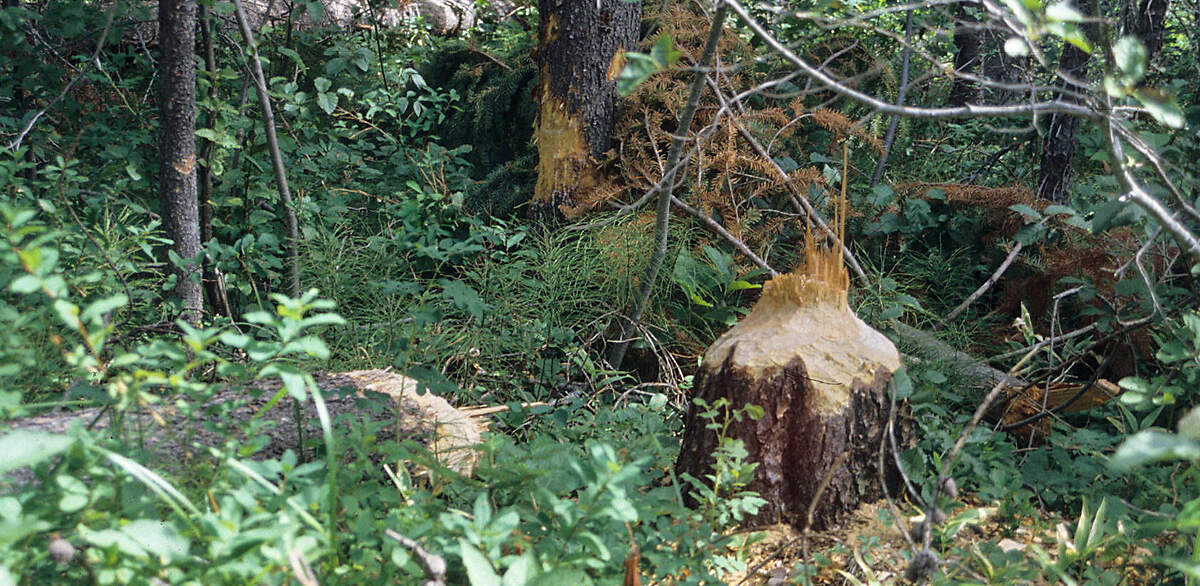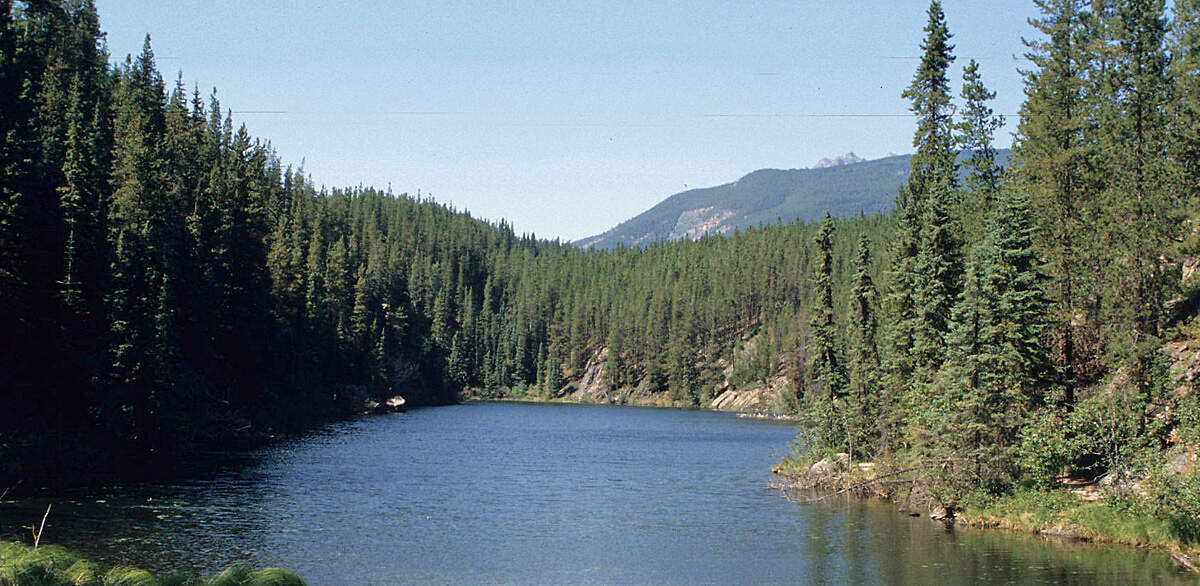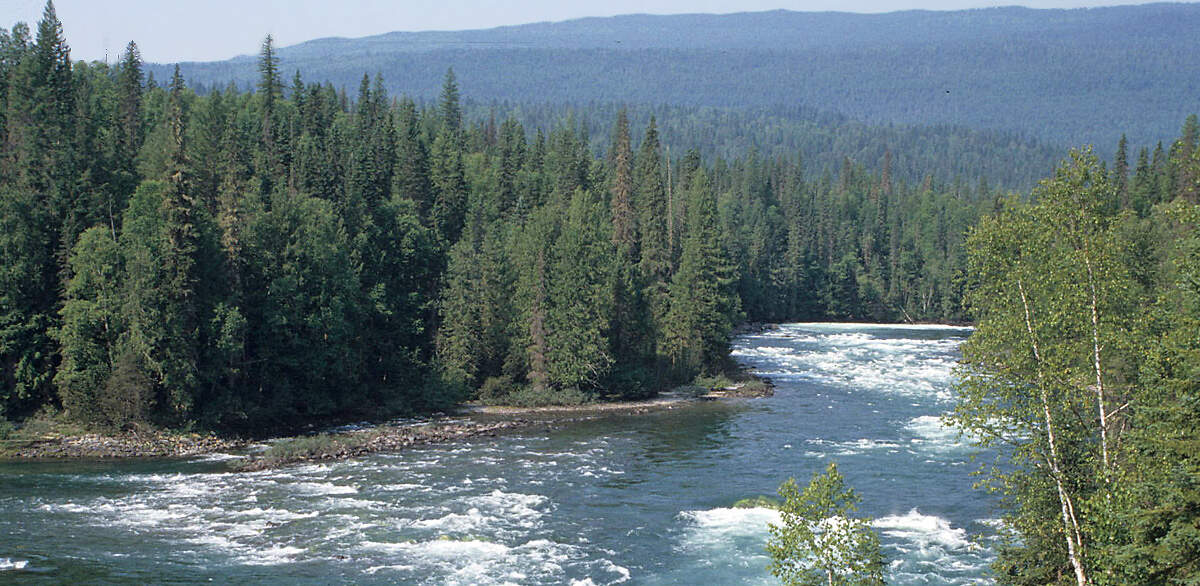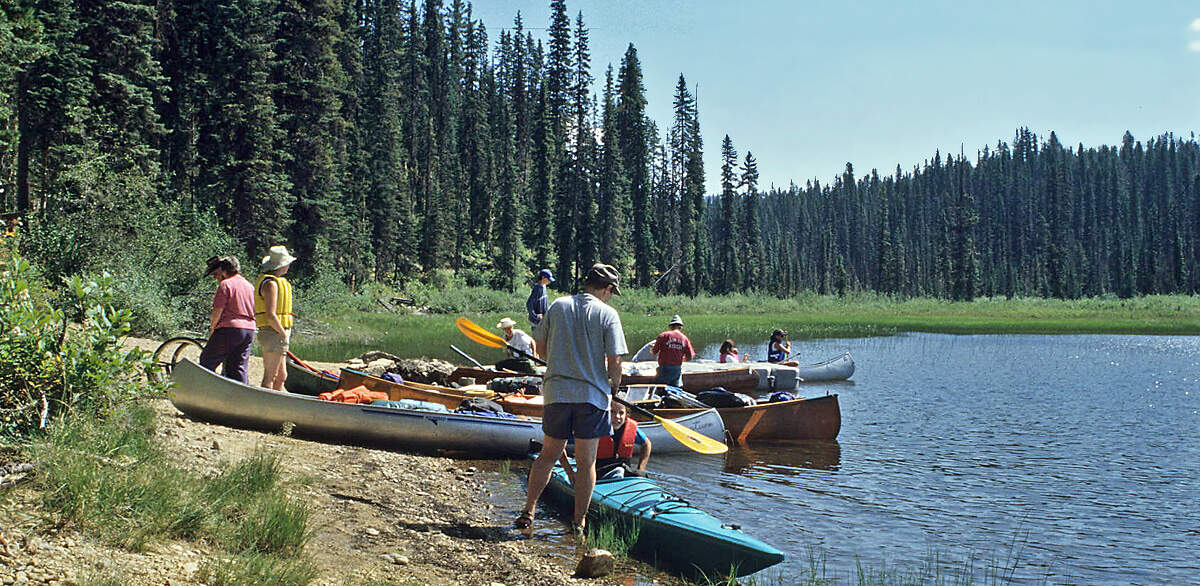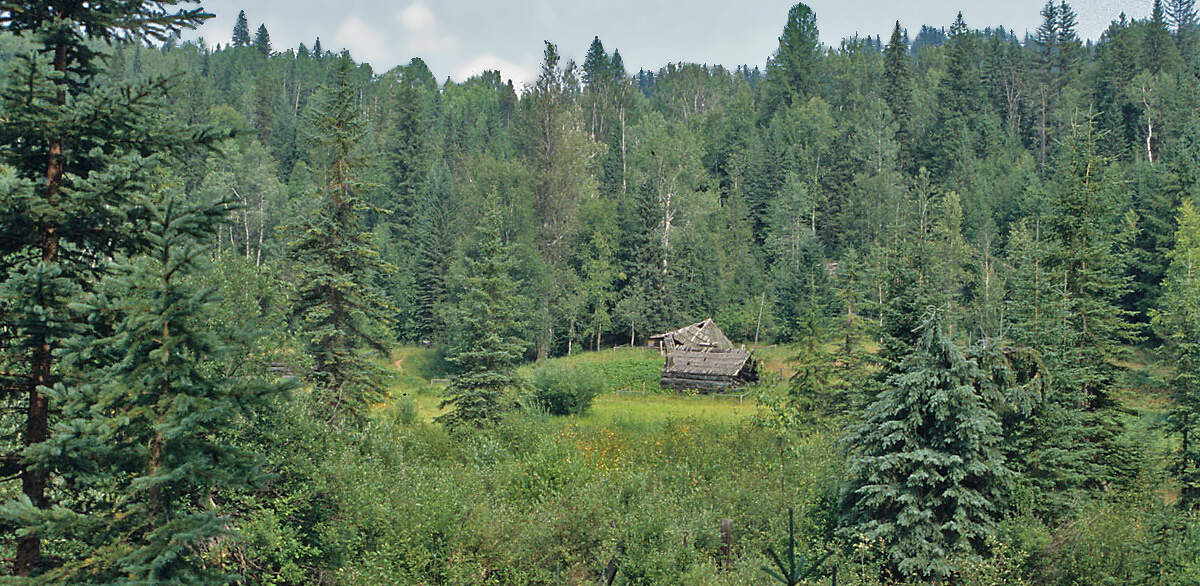McKIBBEN, T. E., GEBRELASSIE, F. A. & FREY, J. K (2021)
Life history and activity of the Peñasco least chipmunk (Neotamias minimus atristriatus).
Technical Report Submitted to the New Mexico Department of Game and Fish Share with Wildlife Program.
28 Seiten, 10 Tabellen, 7 Grafiken.
Aus der Einleitung:
The Peñasco least chipmunk is a Pleistocene relic left on a “sky island” following the last glacial retreat. The least chipmunk is a high elevation, cold-adapted, montane species and so the Sacramento Mountains provide a mountaintop refugium in the hot and arid Southwest. A warming climate will force cold-adapted species to move up-slope, effectively shrinking the area of available habitat. Species that undergo hibernation or winter torpor, such as the Peñasco least chipmunk, may be particularly vulnerable to changes in climate and weather patterns. In the face of anthropogenic climate change, it is critical to understand how the life history characteristics of the Peñasco least chipmunk (i.e., emergence, immergence, reproduction, activity) are influenced by, and dependent on, weather and climate. A better understanding of the interaction between climate and life history will help focus management and conservation strategies. Our goal was to address important information gaps regarding the life history of the Peñasco least chipmunk that are crucial for making sound conservation and management decisions.
mckibben-biblio
VERTS, B. J. & CARRAWAY, L. N. (2001)
Tamias minimus.
Mammalian Species 653: 1–10. https://doi.org/10.2307/0.653.1 . Volltext als PDF verfügbar.
Inhalt:
Der Artikel folgt dem üblichen Schema der Mammalian Species-Datenblätter. Es werden 20 Unterarten anerkannt. Die Gattungsbezeichnung wird diskutiert. Mit 1 s/w Foto, Strichzeichnungen von Schädel und Baculum (Penisknochen) und Verbreitungskarte.
verts-biblio
CHAPMAN, J. A., HOCKMAN, J. G., OJEDA C, M. M. (1980)
Sylvilagus floridanus.
Mammalian Species 136: 1-8. The American Society of Mammalogists
Inhalt:
Die Publikation folgt dem üblichen Schema der Mammalian Species-Datenblätter. Sie geht von 35 Unterarten aus und enthlt 1 s/w Foto, Strichzeichnungen eines Schdels und 2 Verbreitungskarten.
chapman-biblio
ANDERSON, A. E. & WALLMO, O. C. (1984)
Odocoileus hemionus.
MAMMALIAN SPECIES 219: 1-9. https://doi.org/10.2307/3504024
Die Publikation folgt dem üblichen Schema der Mammalian Species-Datenblätter. Sie enthält ein s/w-Foto, Strichzeichnungen von Schädeln und eine Verbreitungskarte. Es werden 10 Unterarten differenziert.
anderson-biblio
FRASE, B. A. & HOFFMANN, R. S. (1980)
Marmota flaviventris (Rodentia: Sciuridae).
Mammalian Species 135:1-8; 5 Abbildungen. Veröffentlicht am 15. April 1980 von der American Society of Mammalogists.
Der Artikel folght dem üblichen Schema der Mammamlian Species-Datenblätter. Er enthält einen Bestimmungsschlüssel zu den nordamerikanischen Murmeltieren und führt 11 Unterarten auf.
frase-biblio
KELLY, B., BROWN, M. & BYERS, O. (eds. 2001).
Mexican Wolf Reintroduction Program Three-Year Review.
Workshop: Final Report. 127 Seiten.
IUCN/SSC Conservation Breeding Specialist Group, Apple Valley, MN.
Executive Summary:
The Mexican gray wolf (Canis lupus baileyi) is the southernmost occurring, rarest, and most genetically distinct subspecies of gray wolf in North America. It once occurred in the mountainous regions of the Southwest from central Mexico throughout portions of southern Arizona, New Mexico, and Texas. Aggressive predator control programs nearly eliminated the Mexican wolf or ìloboî as it is referred to in Spanish. In 1980 a captive-breeding program began that saved the Mexican wolf from extinction. Management of the captive population became part of the American Zoo and Aquarium Association Species Survival Plan program in 1994. The captive population currently numbers about 200 animals, which are managed by over 40 zoos and wildlife sanctuaries throughout the United States and Mexico.
Recovery efforts for the Mexican wolf began when it was listed as endangered in 1976. The current Mexican Wolf Recovery Plan, approved in 1982 by the U.S. Fish and Wildlife Service and the Direccion General de la Fauna Silvestre in Mexico, calls for maintenance of a captive population and re-establishment of a wild population of at least 100 wolves over 5,000 square miles of historic range. In March 1997, the Secretary of the U.S. Department of the Interior approved a plan to restore Mexican wolves to a portion of its historic range in Arizona and New Mexico. The final environmental impact statement was completed in December 1996 after 14 public meetings, three formal public hearings, and analysis of over 18,000 comments from other agencies, organizations, and citizens.
In March 1998 the U.S. Fish and Wildlife Service (Service) and its cooperators at that time, Arizona Game and Fish Department, and USDA Wildlife Services, released three family groups consisting of 11 Mexican wolves into the ìprimary recovery zoneî on public lands in Arizona. Wolves have been released each year following this and current plans are to continue releases through 2002 or until natural reproduction sustains the population. Currently, reintroduced wolves are allowed to disperse into the secondary recovery zone in Arizona and New Mexico or be translocated there from the primary recovery zone if captured for management purposes. The two zones together constitute what is currently called the ìBlue Range Wolf Recovery Areaî (Figure 1, page 10).
Released wolves and their progeny have been designated as a ìnonessential and experimentalî population under a special provision of the Endangered Species Act. This designation allows for more flexible management of wolves. Under this designation the Service writes a special regulation, or management rule, which specifies management guidelines for the wolf population. For example, the current management rule allows for the taking of wolves under certain circumstances when they are in the act of killing livestock. Also, wolves are currently not allowed to establish territories outside recovery area boundaries, unless private landowners or tribal governments approve it. If this permission is not granted or if wolves disperse onto public land outside the recovery area, under the current rule such wolves must be recaptured and relocated back to the recovery area or returned to captivity. Mexican Wolf Reintroduction Program Three-Year Review Workshop
As of August 2001, there are approximately 35 wolves living in the Blue Range Wolf Recovery Area. These wolves have begun to pair on their own, are killing natural prey like elk and deer, and have begun to reproduce in the wild. There have been 14 substantiated reports of livestock damage due to wolves and the Defenders of Wildlifeís Wolf Compensation Trust Fund has reimbursed the ranchers involved.
kelly-biblio
Gebirgs-Nationalparks in Kanada
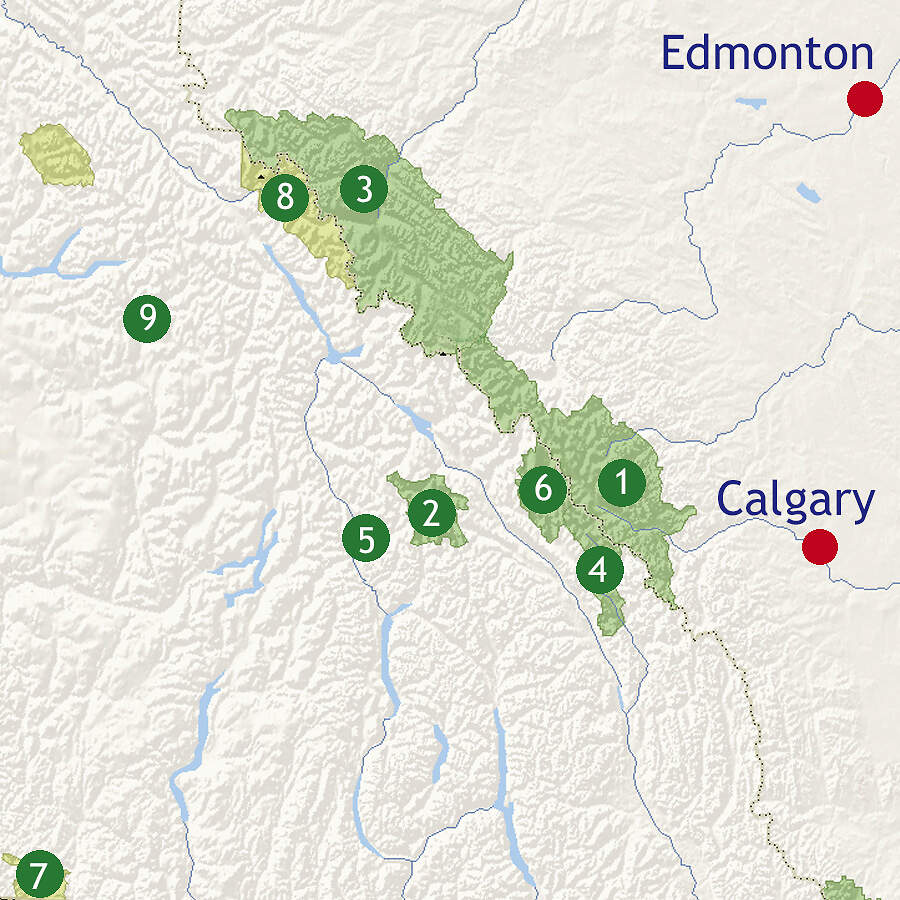 (9.5.1) Banff-Nationalpark
(9.5.1) Banff-Nationalpark
(9.5.2) Glacier-Nationalpark
(9.5.3) Jasper-Nationalpark
(9.5.4) Kootenay-Nationalpark
(9.5.5) Mount Revelstoke-Nationalpark
(9.5.6) Yoho-Nationalpark
(9.5.7) E. C. Manning-Provinzpark
(9.5.8) Mount Robson-Provinzpark
(9.5.9) Wells Gray-Provinzpark
Fauna und Flora dieser Parks sind sich sehr ähnlich und sind abhängig von den Höhenstufen. Siehe Blatt "Gebirge".
Banff-Nationalpark
Glacier-Nationalpark
Jasper-Nationalpark
|
|
Provinz Alberta Der Jasper-Nationalpark ist der größte Nationalpark in den kanadischen Rockies. Er schließt im Süden an den Banff-Nationalpark und im Westen an den Mount Robson-Provinzpark an. Die Ortschaft Jasper mit rund 4'000 Einwohnern liegt innerhalb des Parks. Der Park wird vom Athabasca River durchflossen, der seinen Ursprung im Athabasca-Gletscher hat, einem Teil des Columbia Icefields. Etwa 30 km südlich von Jasper stürzt er über die Athabasca Falls 24 m in die Tiefe. Wichtige Zuflüsse sind Sunwapta, Miette und der Maligne, der den bis zu 50 m tiefen Maligne Canyon bildet. Der Lake Maligne ist mit rund 20 km² der größte See im Park. Weitere bekannte Seen sind der Medicine Lake, der ebenfalls vom Maligne gespiesen wird und scheinbar keinen Abfluss hat, weil der Maligne ihn unterirdisch wieder verlässt, und die nahe Jasper gelegenen kleinen Pyramid-(95 ha) und Patricia-(53 ha)Seen. Ebenfalls in der Nähe von Jasper liegt das durch einen 4.7 km langen Rundweg erschlossene Valley of the Five Lakes, wo man leicht zu Biberbeobachtungen kommt und sich wegen der beerenreichen Umgebung auf Treffen mit Braun- oder Schwarzbären einrichten muss. Der Mount Columbia ist der zweithöchste Berg in den kanadischen Rocky Mountains. Der 2'470 m hohe Whistlers Peak bei Jasper wird durch die längste und höchste Seilbahn Kanadas erschlossen. Im Osten des Parks befinden sich die Miette Hot Springs, die mit einer Temperatur von 54°C aus dem Boden kommen und für das kommerziell betriebene Thermalbad auf 40°C gekühlt werden. |
Kootenay-Nationalpark
Mount Revelstoke-Nationalpark
Yoho-Nationalpark
Manning-Provinzpark
Mount Robson-Provinzpark
|
|
Provinz Britisch-Kolumbien Im Mount Robson-Provinzpark entspringt der Fraser River, der längste Fluss Britisch-Kolumbiens. Dieser durchfließt den über 11 km langen Moose Lake, den größten See des Parks. Besondere landschaftliche Attraktionen sind die 1911 entdeckte Arctomys Cave, die zweittiefste Höhle Kanadas, der Bergsee, ein Gletschersee in 1'628 m Höhe, in dem auch während des Sommers Eisberge schwimmen, der Kinney-See, eine Ausweitung des Robson Rivers und der kleine, aber hübsche Portal Lake, der durch einen 1'5 km langen Fußweg erschlossen ist. |
Wells Gray-Provinzpark
Literatur und Internetquellen
- BC PARKS - MOUNT ROBSON PROVINCIAL PARK
- DIE BESTE REISEZEIT
- MANNING PARK RESORT
- NATIONAL GEOGRAPHIC (2011)
- PARKS CANADA
- SKY WORELL, G. (1990)
- STEPHENSON, M. (1983)
- TOURISM WELLS GRAY - FIVE YEAR STRATEGIC PLAN 2017-2022
Zurück zu Übersicht Lebensräume in Nordamerika
Weiter zu Gewässer und Feuchtgebiete
ELLIOTT, C. L. & FLINDERS, J. T. (1991)
Spermophilus columbianus.
Mammalian Species 372: 1–9. https://doi.org/10.2307/3504178. Published 12 April 1991 by The American Society of Mammalogists.
Der Artikel folgt dem üblichen Schema der Mammalian Species-Datenblätter mit folgenden Abschnitten:
Context and Content; Diagnosis; General Characters; Distribution; Form and Function; Ontogeny and Reproduction; Ecology; Behavior; Literature.
elliott-biblio
MICHENER, G. R. & KOEPPL, J. W. (1985)
Spermophilus richardsonii.
MAMMALIAN SPECIES No. 243, pp. 1-8, 3 figures. Published 13 December 1985 by The American Society of Mammalogists.
Der Artikel folgt dem üblichen Schema der Mammalian Species-Datenblätter mit folgenden Abschnitten:
Context and Content; Diagnosis; General Characters; Distribution; Form and Function; Ontogeny and Reproduction; Ecology; Behavior; Literature.
michener-biblio
BARTELS, M. A. & THOMPSON, D. P. (1993)
Spermophilus lateralis.
MAMMALIAN SPECIES No. 440, pp. 1-8, 3 figures. Published 23 April 1993 by The American Society of Mammalogists.
Der Artikel folgt dem üblichen Schema der Mammalian Species-Datenblätter mit folgenden Abschnitten:
Context and Content; Diagnosis; General Characters; Distribution; Form and Function; Ontogeny and Reproduction; Ecology; Behavior; Literature.
bartels-biblio

